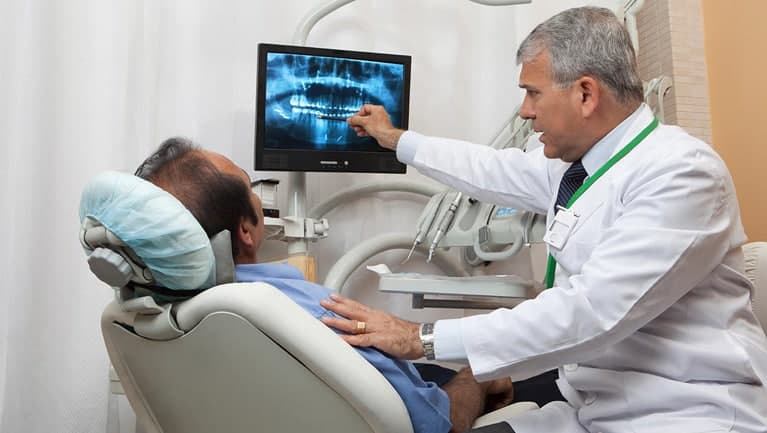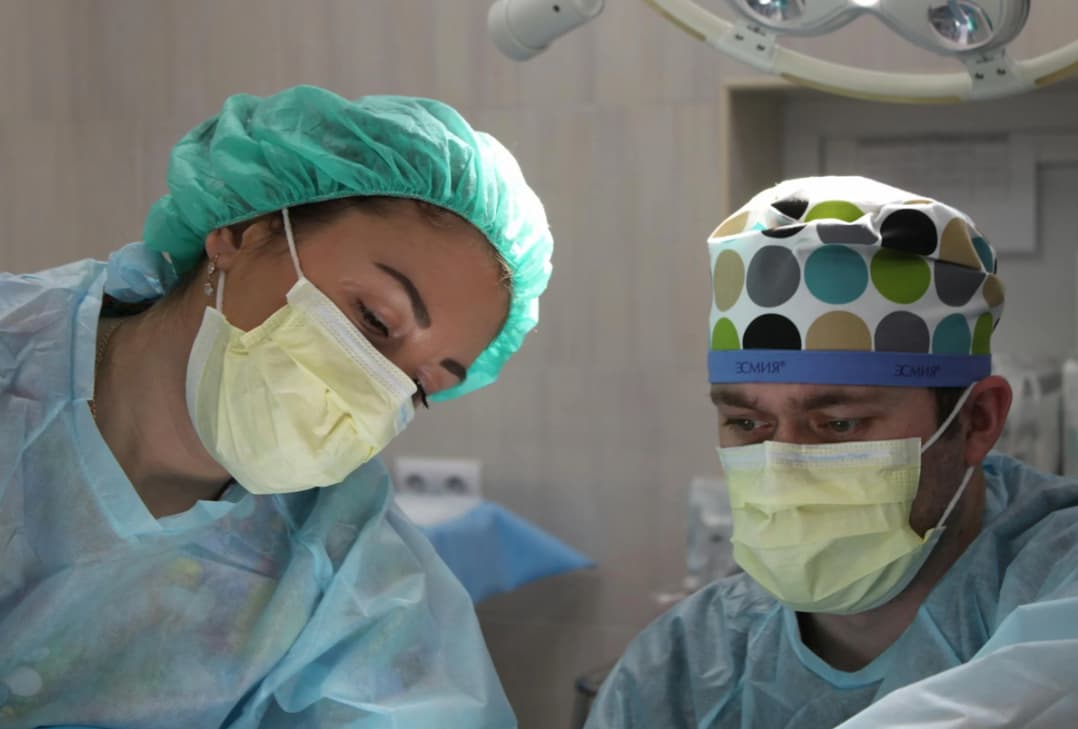While incidents of penile trauma are relatively rare, the potential for such injuries exists and can lead to significant discomfort and complications. Large medical centers may occasionally encounter cases of penile injury, which, although uncommon, require specialized care to prevent long-term damage.
The Anatomy and Function of the Penis
The penis serves dual functions: the expulsion of urine and the delivery of sperm. It comprises three tubes: the urethra, which channels urine from the bladder, and two corpora cavernosa, which are soft until engorged with blood during an erection. These structures are encased in a tough fibrous sheath known as the tunica albuginea, crucial for erectile rigidity and sexual intercourse.
Common Causes of Penile Trauma
Penile injuries can result from various incidents, including vehicular accidents, industrial mishaps, burns, and sexual activities. The most frequent cause of penile trauma occurs during sexual intercourse when the penis, engorged with blood, is bent sharply. This may lead to a tear in the tunica albuginea, often described as a penile “fracture,” and characterized by immediate pain and loss of erection.
Identifying and Diagnosing Penile Injuries
Immediate medical consultation is advised following penile injury. Urologists employ a combination of medical history, physical examinations, and imaging techniques, such as ultrasounds or MRIs, to assess the extent of damage. Specialized tests, like the retrograde urethrogram, may also be utilized to identify urethral injuries.
Treatment Approaches for Penile Trauma
Surgical intervention is typically required for penile fractures to minimize the risk of erectile dysfunction and other complications. In cases of severe trauma or amputation, prompt and appropriate handling of the severed part is crucial for successful reattachment. For extensive injuries, reconstructive surgery by experienced urologists can restore penile function.
Preventative Measures and When to See a Doctor
Awareness and caution during sexual activity can significantly reduce the risk of penile injuries. Immediate medical attention is warranted for any significant trauma, unusual bruising, or other symptoms indicating penile injury. Regular check-ups and open communication with a healthcare provider can aid in the early detection and treatment of potential issues.
Understanding Penile Trauma
Penile trauma, while relatively rare in medical practice, presents significant challenges due to its potential impact on reproductive and urinary functions. The penis, comprising the urethra and two corpora cavernosa encased in the tunica albuginea, plays a critical role in both urinary excretion and sexual activity. Its unique anatomical and physiological characteristics make it susceptible to specific types of injuries, which, though infrequent, require prompt and effective management to prevent long-term complications.
Penile Anatomy and Physiology
The penis’s functionality extends beyond reproductive purposes, acting as a conduit for urine expulsion. Its internal structure includes three primary tubes: the urethra and two corpora cavernosa. The corpora cavernosa, spongy in nature, facilitate erection by filling with blood, a process encased and supported by the tunica albuginea. This fibrous sheath not only aids in maintaining erectile rigidity but also plays a pivotal role in the organ’s susceptibility to trauma during sexual intercourse.
Common Causes and Mechanisms
Penile injuries predominantly arise during sexual activities, attributed to the forceful bending of the erect penis, potentially causing a tear in the tunica albuginea. This event, colloquially termed a “penile fracture,” manifests as immediate pain, a noticeable “popping” sound, and rapid detumescence. The resultant hematoma and potential urethral damage necessitate urgent medical attention. Other causes of penile trauma include accidents, burns, and the improper use of constrictive devices or objects.
Preventative Tips
To mitigate the risk of penile trauma and ensure prompt, effective care when injuries occur, consider the following preventative measures:
Engage in Safe Sexual Practices:
- Communicate openly with your partner about comfortable positions;
- Avoid overly aggressive or forceful actions during intercourse.
Use Protective Gear During Sports:
- Wear appropriate athletic supporters or protective cups in contact sports.
Exercise Caution with Penile Rings or Devices:
- Never use objects not specifically designed for penile use;
- Ensure any constrictive devices are used according to manufacturer instructions and removed properly.
Practice General Safety:
- Use caution with machinery or during activities where accidental impacts could occur;
- Educate yourself on firearm safety to prevent accidental discharge injuries.
Maintain Good Hygiene and Health:
- Regular cleaning and preventive care can reduce the risk of infections that could complicate trauma;
- Seek regular medical checkups, especially if experiencing symptoms of erectile dysfunction or other urological issues.
Conclusion
Penile trauma, while uncommon, poses a significant concern due to its potential impact on sexual and urinary functions. Understanding the anatomy, causes, and treatment options for penile injuries is crucial for prevention and effective management. Immediate medical care and appropriate treatment can ensure recovery and minimize the long-term effects of such injuries.



